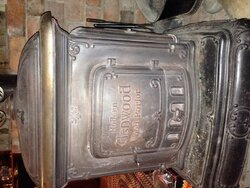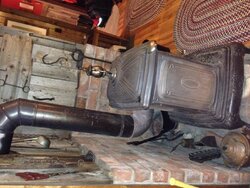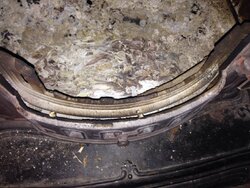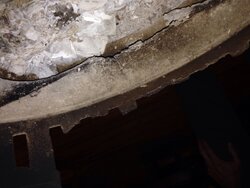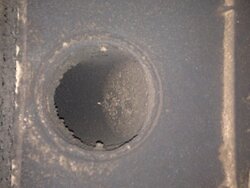My dad has a older Glendale woodstove very much like the one pictured if you follow this link:
http://www.antiquesnavigator.com/d-392721/glenwood-parlor-stove-220.html
This is well before any catalytic or return technology.
He has bolted the air intake vents shut because he felt people were burning fires that were too hot. Now the woodstove is hard to start and usually fills the room with smoke. Eventually it gets going and burns fine but I am concerned that he is filling the chimney with creosote and might eventually lead to a chimney fire. It's in a camp so the chimney is rarely cleaned.
I've heated my home for number of years with a wood stove and I always felt a good hot fire was a good thing every now and again.
Thoughts?
http://www.antiquesnavigator.com/d-392721/glenwood-parlor-stove-220.html
This is well before any catalytic or return technology.
He has bolted the air intake vents shut because he felt people were burning fires that were too hot. Now the woodstove is hard to start and usually fills the room with smoke. Eventually it gets going and burns fine but I am concerned that he is filling the chimney with creosote and might eventually lead to a chimney fire. It's in a camp so the chimney is rarely cleaned.
I've heated my home for number of years with a wood stove and I always felt a good hot fire was a good thing every now and again.
Thoughts?


